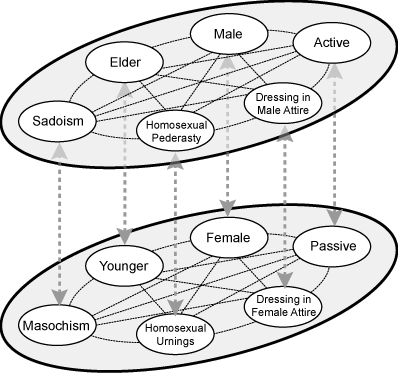Intertextuality is an aspect of semiotics: it is concerned with the ways in which culture weaves meaning into meaning into meaning – or, to put it another way, it is to do with the ways in which media artefacts ‘quote’ each other.
I found a video on youtube about intertextuality. Although it isn't BRILLIANT. It does in some way explain how intertextuality works.
Intertextuality
This video could have gone into more detail about why intertextuality was used in particular in this film, the affect it has on the audiences and how it works, but it basically got the jist of what its all about.
I also found a website talking about how the film Clueless uses intertextuality as it is loosely based on Jane Austins novel 'Emma'





